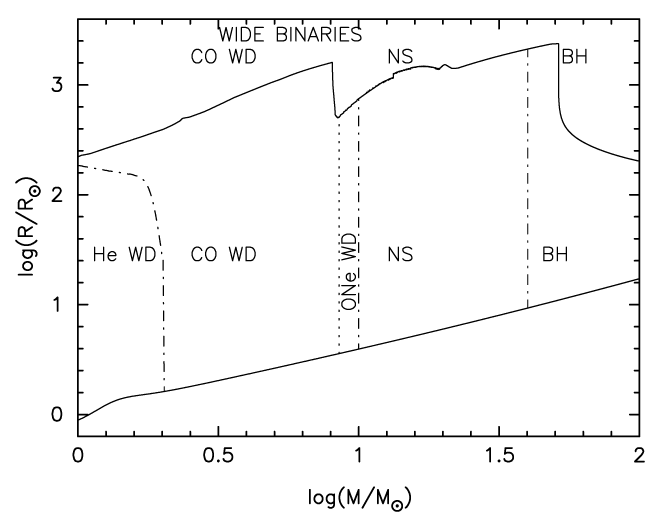
Figure 5: Descendants of components of close binaries depending on the radius of the star at RLOF.
The upper solid line separates close and wide binaries (after [293]). The boundary between progenitors
of He- and CO-WDs is uncertain by several  , the boundary between CO and ONe varieties
of WDs and WD and NSs – by
, the boundary between CO and ONe varieties
of WDs and WD and NSs – by  . The boundary between progenitors of NS and BH is shown
at
. The boundary between progenitors of NS and BH is shown
at  after [643], while it may be possible that it really is between
after [643], while it may be possible that it really is between  and
and  (see
Section 1 for discussion and references.)
(see
Section 1 for discussion and references.)
 , the boundary between CO and ONe varieties
of WDs and WD and NSs – by
, the boundary between CO and ONe varieties
of WDs and WD and NSs – by  . The boundary between progenitors of NS and BH is shown
at
. The boundary between progenitors of NS and BH is shown
at  after [643], while it may be possible that it really is between
after [643], while it may be possible that it really is between  and
and  (see
Section 1 for discussion and references.)
(see
Section 1 for discussion and references.)
